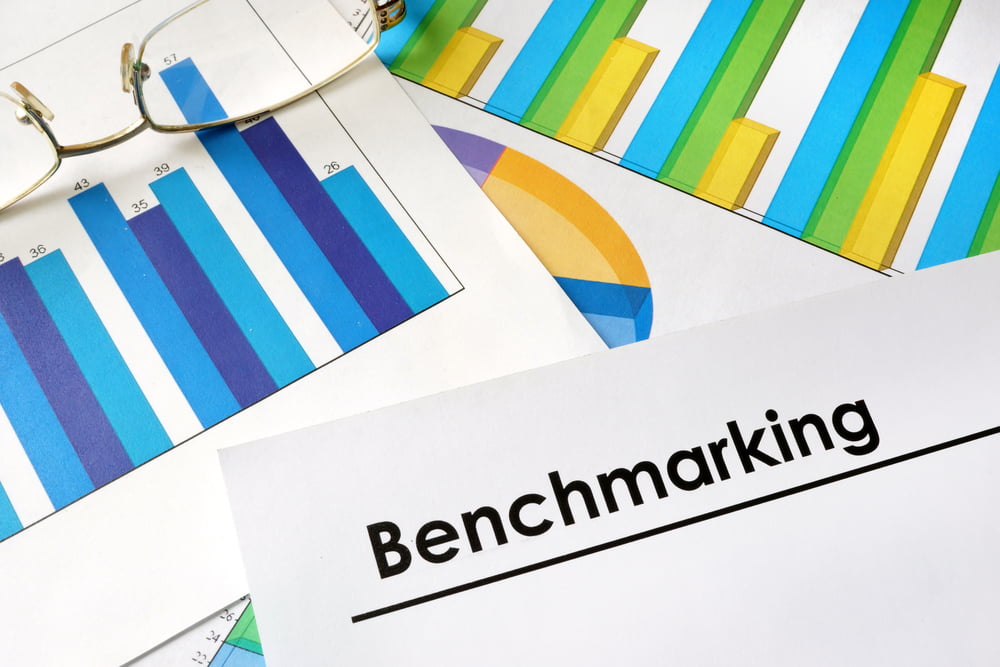
The average time to dispute metric measures the amount of time, on average, it took for payments in the selected time range to be disputed for fraud. For example, you could use the fraud rate chart to see if payments made during a particular holiday sale resulted in more fraudulent disputes than usual. This is a more accurate representation of fraud for your business, because it shows which specific payments were disputed for fraud. The fraudulent dispute rate chart tracks the rate of fraudulent disputes on payments based on when the payment was created and not when it was disputed. The final dispute rate is likely to fall somewhere between the partial dispute rate and the projected maximum dispute rate, which is based on historical dispute statistics across the Stripe network and dispute activity on your account. An estimated projection of the maximum dispute rate (in dashed line) after all disputes for these more recent payments have arrived.A partial dispute rate (in solid line) for payments that have already been disputed.Therefore, for the trailing 120 days, this chart displays: This chart displays fraudulent dispute rate (in solid line) as a percentage of payments in the selected time period that have been disputed for fraud.Ĭardholders may take some time to dispute a payment, but almost all disputes arrive within 120 days after the payment. As you decrease the risk score where you block, you’ll probably block more fraud but also block more overall payments. As you increase the risk score at which you block, you’ll allow more overall payments through but you may also allow more fraud. Radar for Fraud Teams users can adjust the risk threshold (75 by default) at which payments are blocked in their risk settings.
Benchmark analytics sign in software#
Radar - Rules similarly, accounts for the number of blocked payments that were blocked by one of your other block rules, their total monetary volume, and the corresponding block rate (out of all attempted payments).ĭepending on your business needs, your block rate or false positive rate, you may want to adjust the amount of fraud blocked by Radar’s machine learning. 28, 2021 /PRNewswire/ - Benchmark Analytics ® the only provider of research-driven, evidence-based police force management software and early intervention analytics for law. This is derived using a combination of the Radar risk level of these payments and global experiments across all payments on the Stripe network. The estimated false positive rate is the estimated probability that a non-fraudulent payment was incorrectly blocked by Radar’s machine learning. These are payments that received a Radar risk score greater than your high risk threshold and were consequently blocked by the default high risk block rule. Radar - High risk score accounts for the number of blocked payments that were blocked due to high risk, their total monetary volume, and the corresponding block rate (out of all attempted payments). If you opt out, your business won’t be included in benchmark calculations, though you can continue to see benchmarks in Radar’s analytics page. If you want to opt-out of benchmarking, contact us. We only include businesses with a significant number of payments, since some of these fraud events are generally rare.For a given benchmark rate, the value for each business gets one “vote," so even if a single company dominates your industry, that company is only a small weight in the benchmark.

You’ll still see regional benchmarks, though, since those are large cohorts.) (If you don’t see any similar-business benchmarks, this is the reason.

You’ll see these benchmarks embedded in the charts and tables throughout Radar’s analytics page-hover your mouse over these icons to view their details. (A high value means that you may be blocking too many valid payments.) Estimated false positive rate - The estimated percentage of non-fraudulent payments that your Radar settings block.Fraudulent dispute rate - The percentage of payments that customers dispute as fraud.



 0 kommentar(er)
0 kommentar(er)
